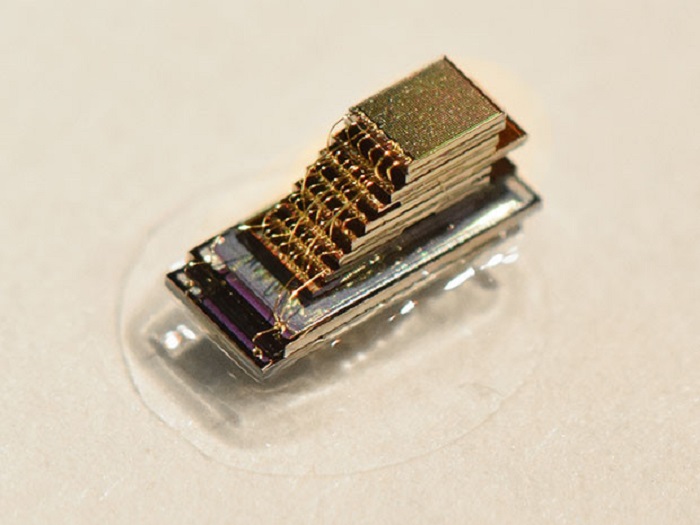The so-called millimeter computers or micromotes are not new, have been developed for several years with the idea of pushing tiny devices for minimal energy consumption, especially for IoT devices. The University of Michigan is the one that has been in charge of investigating more thoroughly within this technology, in fact two years ago they presented us their first bet with the M ^ 3.
Today at the International Conference on Solid State Circuits of the IEEE (ISSCC), computer scientists David Blaauw and Dennis Sylvester of the University of Michigan presented the latest update to their micromote, which has significantly decreased their consumption Energetic, expanded its memory, but the most relevant is that it is now able to integrate an entire system of artificial intelligence.

Neural Networks and Deep Learning on a computer the size of a rice grain
Some predict that by the year 2035 we will have a trillion connected devices sending information to the cloud, and from here will only be useful about 40%, since the rest will be raw information captured by microphones, security cameras, and other Type of sensors. Therefore, it is important to create “smarter” devices that not only capture information, but also know how to analyze it.
The development of this new micromote has the collaboration of TSMC (Taiwan Semiconductor Manufacturing Company), and it is at least 10 designs that have been created to operate with only a few nanowires, but this without losing processing power, since they are also capable of executing neural networks and deep learning processes.
You may also like to read another article on iMindSoft: A minicomputer plate for $16? CHIP Pro is new competition for Raspberry Pi Zero
The presence of a processor capable of performing artificial intelligence tasks is due to an expansion in memory, which now reaches one megabyte of flash memory; a major advance after the first version only had 8 kilobytes of SRAM. The appeal of this new design is that they have managed to maintain the size of only one cubic millimeter, all a low consumption of only 288 microvatios.
Now why do we want artificial intelligence in such a tiny computer? The short answer is for the information sent to the cloud to be of quality and to be used to a greater extent. For example, a security camera will only be activated when listening to voices or registering faces, so that we do not fill up with videos where nothing is seen or activated each time a tree moves.
This also applies to medical devices that would only send data when an emergency occurs, or devices in offices that know when a door should be opened by identifying an authorized person, or deactivate the air conditioner when the camera detects that most People are taking shelter. Come on, its use can be so wide that even Intel Capitals invested in 2013 an amount of unannounced money to take advantage of this development.